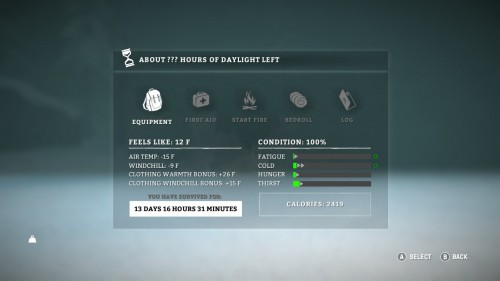
That’s why Siegel studied all three of them. They might live traditional lifestyles, but they are modern people living in today’s world. Of course, the Hadza, San, and Tsimane are not ancestral humans. “The long nights caused this pathological sleep pattern and the advent of electric lights and heating restored the primal one.” “The two-sleep pattern was probably due to humans migrating so far from the equator that they had long dark periods,” he says. Siegel doesn’t dispute Ekirch’s analysis he just thinks that the old two-block pattern was preceded by an even older single-block one. This contradicts a growing idea, popularized by historian Roger Ekirch, that sleeping in eight-hour chunks is a modern affectation.Įkirch combed through centuries of Western literature and documents to show that Europeans used to sleep in two segments, separated by an hour or two of wakefulness. They would toss and turn like everyone does, but they almost never woke up for a concerted window in the middle of the night.

And they napped infrequently: The team scored “naps” as periods of daytime inactivity that lasted for at least 15 minutes, and based on these lenient criteria, the volunteers “napped” on just 7 percent of winter days and 22 percent of summer ones. Instead, they nod off between 2 and 3 hours after sunset, well after it becomes pitch-black. They don’t go to sleep when it gets dark, either. That’s no more than what Westerners who have worn the same watches get if anything, it’s slightly less. The data revealed that these groups all sleep for nightly blocks of 6.9 and 8.5 hours, and they spend at least 5.7 to 7.1 hours of those soundly asleep. The team asked 94 people from these groups to wear Actiwatch-2 devices, which automatically recorded their activity and ambient-light levels. Neither the San nor Tsimane even have a word for insomnia in their language. Absent that baseline, Siegel’s team did the next best thing: They studied people who live traditional lifestyles, including Hadza and San hunter-gatherers from Tanzania and Nambia respectively, and Tsimane hunter-farmers from Bolivia.

So, there’s no baseline for how long people used to sleep before electric lights. Such data have been hard to come by because the devices that we use to measure and record sleep have only been invented in the last 50 years, and those that do so without disturbing the sleepers are just a decade old. “It’s a perennial complaint but you need data to know if it’s true.” “People like to complain that modern life is ruining sleep, but they’re just saying: Kids today!” says Siegel. Siegel’s team has shown that people who live traditional lifestyles in Namibia, Tanzania, and Bolivia don’t fit with any of these common notions about pre-industrial dozing. Much like the Paleo diet, it’s based on unsubstantiated assumptions about how humans used to live.
#THE LONG DARK HOW TO SLEEP TV#
Our busy working lives put an end to afternoon naps, while lightbulbs, TV screens, and smartphones shortened our natural slumber and made it more continuous.Īll of this is wrong, according to Jerome Siegel at the University of California, Los Angeles. Then-minor key!-modernity ruined everything. We’d wake up for a few hours during the night instead of snoozing for a single long block.

Here’s the story that people like to tell about the way we sleep: Back in the day, we got more of it.


 0 kommentar(er)
0 kommentar(er)
